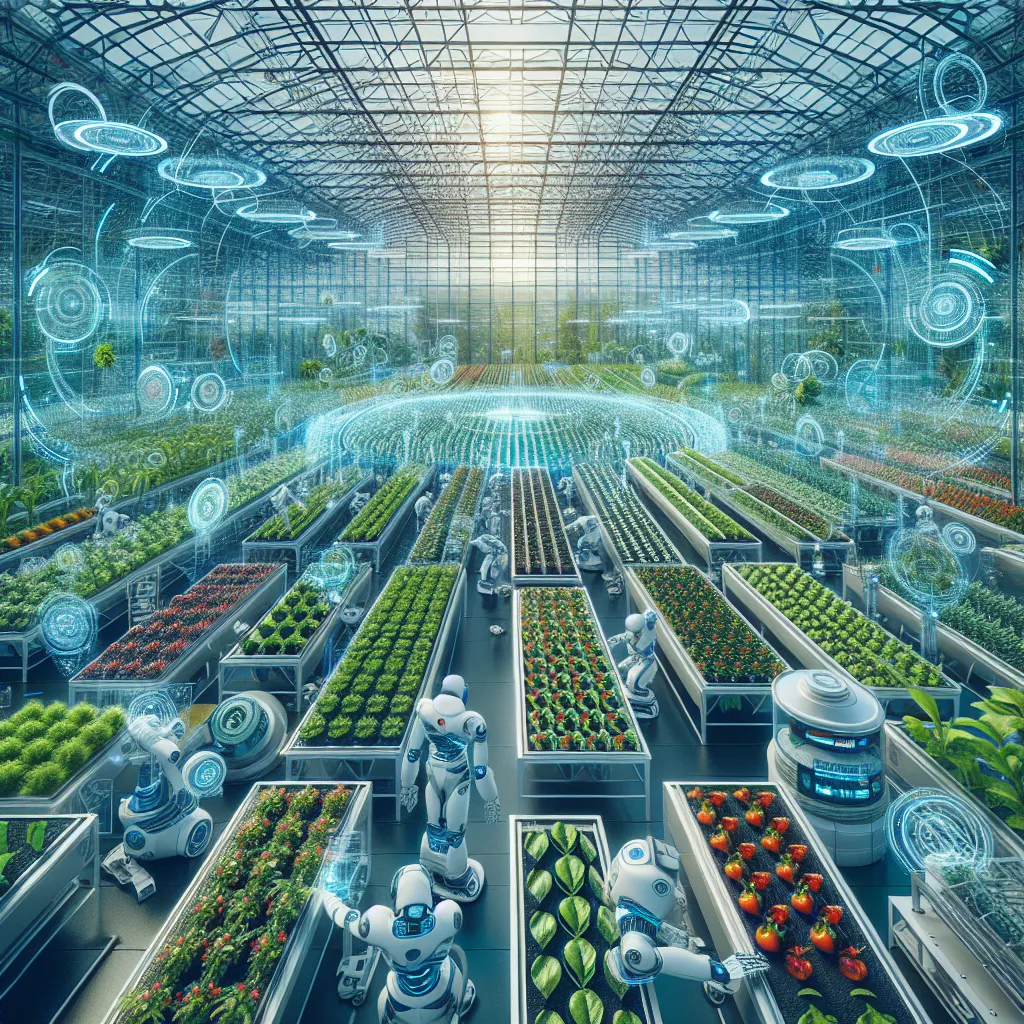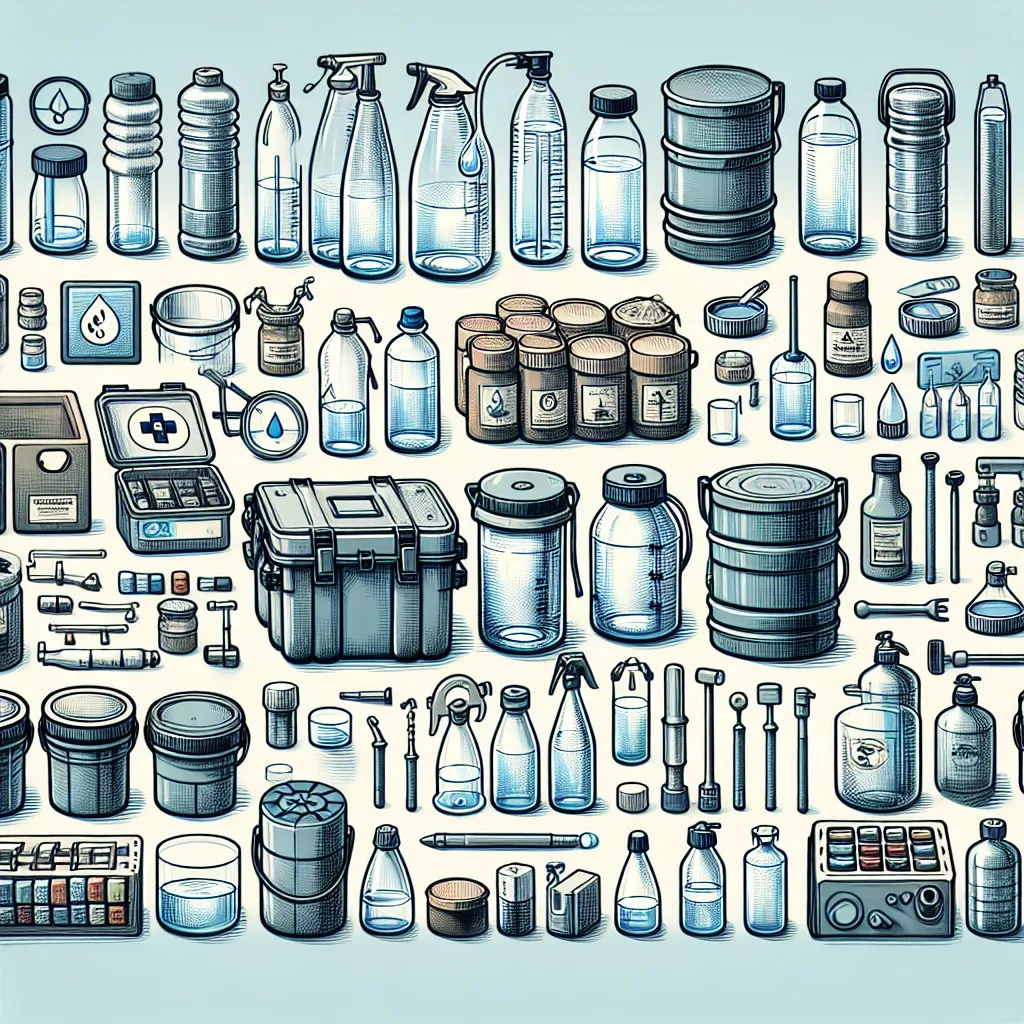The article “Feeding the World: The Future of Food Supplies” delves into the complexities and challenges of meeting the global population’s increasing food demands. It highlights the impact of climate change on agricultural productivity, emphasizing the necessity of climate-resilient agriculture and the development of drought-tolerant crops. Additionally, the article underlines the critical need for sustainable practices to conserve natural resources and mitigate environmental degradation. Furthermore, it discusses opportunities for revolutionizing food supplies through technological advancements, such as biotechnology, genetic engineering, vertical farming, and aquaponics. The article ultimately advocates for a multi-faceted approach that integrates sustainable practices, technological innovations, and international collaboration to ensure a future where everyone has access to ample and nutritious food supplies. It presents a compelling and comprehensive outlook on the future of food supplies, urging readers to consider the intricate balance between meeting rising food demands and preserving the environment.
Ensuring Food Security in Times of Crisis: Challenges and Solutions
The article “Understanding the Impact of Global Crises on Food Security” emphasizes the critical importance of comprehending the effects of global crises on food security and their disproportionate impact on vulnerable populations. It discusses the ways in which global crises disrupt the food supply chain and emphasizes the need for resilience-building strategies such as sustainable agricultural practices, improved distribution networks, and support for local food production. The article underscores the potential for proactive measures to enhance food security and resilience in the face of adversity. Meanwhile, “Implementing Resilient Solutions for Ensuring Food Access During Crisis” stresses the significance of resilient solutions for ensuring food access during crises, particularly in the face of disrupted supply chains and price fluctuations. It highlights the need to diversify food production sources, invest in technology and innovation, and promote collaboration between various stakeholders to address vulnerabilities in food systems during crises. These articles provide a comprehensive overview encouraging readers to delve deeper into the full content for actionable insights on addressing food security challenges in times of uncertainty.
The Future of Food Supplies: Sustainable Practices and Innovations
The articles highlight the urgency of addressing global food insecurity through innovative and sustainable solutions. With a growing population and the impact of climate change, addressing food security through advancements in agricultural technology, sustainable practices, and inclusive approaches is essential. The integration of trees into farming systems, regenerative agriculture, and empowering smallholder farmers are highlighted as crucial components. Additionally, the role of sustainable agriculture in preserving land health, resource efficiency, and promoting fair labor practices is emphasized. Overall, the articles underscore the importance of leveraging technology, sustainable agriculture, and inclusive strategies to minimize food insecurity and ensure resilient global food supplies for future generations.
Innovative Solutions for Efficient Water Storage Systems
The article “Revolutionizing Water Storage: Innovative Solutions for Sustainability” presents the pressing need for innovative solutions to address water scarcity and the challenges of efficient water storage. It discusses the emergence of smart water storage tanks equipped with IoT technology, offering real-time monitoring and better conservation of water resources. Additionally, the article highlights the revolution in modular water storage systems and the use of sustainable materials, contributing to environmental conservation. Furthermore, the integration of solar-powered water pumping and storage solutions is presented as a promising avenue for off-grid water storage. The advancements in water storage technology are crucial for ensuring efficient, cost-effective, and environmentally friendly systems to secure a sustainable future.
The Importance of Water Storage for Emergency Preparedness
Understanding the role of water storage in emergency planning is crucial for ensuring preparedness in case of natural disasters or other emergencies. The availability of clean water is essential for survival, making water storage a fundamental aspect of emergency preparedness. Planning for emergency water storage involves considering factors such as the amount of water needed per person, duration of the emergency, and the availability of water sources. It is critical to have a reliable water storage system and a solid plan for water supply, along with employing strategic approaches like selecting suitable water storage containers, proper rotation of stored water, and ensuring the location and protection of water storage containers. These essential strategies are vital for effective water storage during emergencies and are crucial components of any comprehensive emergency preparedness strategy.
Essential First Aid Skills for Everyday Emergencies
The article discusses the importance of basic first aid techniques for common injuries, emphasizing the significant impact of immediate care in mitigating injury and preventing further complications. It covers essential skills such as managing bleeding, treating burns, addressing sprains, and dealing with nosebleeds, providing practical guidance for each scenario. Furthermore, it highlights the essential first aid skills everyone should know, including CPR, controlling bleeding, recognizing signs of stroke or heart attack, and managing various injuries and medical emergencies. The article compellingly stresses the value of being prepared and empowered with necessary skills to create a safer environment for all.
10 Essential Items for Your Disaster Preparedness Kit
In the article “Water and Water Purification,” the importance of preparing for a disaster by including water and water purification supplies in an emergency kit is emphasized. Clean drinking water and safe water access are vital for survival, with suggestions for including several gallons of water per person, purification tablets or drops, portable water filters, and clean water storage containers. The section on “Non-Perishable Food Supplies” underscores the significance of including long-lasting food items such as canned goods, dried foods, and a manual can opener in a disaster preparedness kit, highlighting the essential nutrients and sustenance they provide when fresh food is unavailable. Lastly, in “Emergency Shelter and Warmth,” the article stresses the necessity of including items like a tent, thermal emergency blanket, and portable heat source, all crucial for providing emergency shelter and warmth during various emergency situations. The detailed and practical advice provided in the article encourages readers to thoroughly prepare for unforeseen emergencies by including these essential items in their disaster preparedness kits.
Key Steps to Creating an Effective Disaster Preparedness Plan
The article discusses the importance of understanding potential disasters and the essential components of a disaster preparedness plan. It emphasizes the significance of conducting a comprehensive risk assessment to identify natural and man-made threats and collaborating with local authorities and stakeholders. The article also highlights the key components of a successful disaster preparedness plan, including risk assessment, communication protocols, response procedures, business continuity planning, and regular training. Furthermore, it emphasizes the crucial steps of implementing and testing the plan to ensure its effectiveness during a crisis. Overall, the article provides valuable insights into creating a robust disaster preparedness plan, making it a must-read for organizations and communities looking to enhance their readiness and resilience.
Essential Disaster Preparedness Tips for Every Household
In this comprehensive article, the importance of creating an emergency preparedness kit for your home is highlighted, emphasizing the role of a well-stocked kit in ensuring safety and well-being during crises. The article provides a detailed list of essential items to include, such as water, non-perishable food, first aid kit, flashlights, emergency radio, personal hygiene items, important documents, and tools, tailored to cater to specific family needs. It also underlines the significance of regular review and updates to the kit’s contents, emphasizing the proactive steps to safeguard loved ones during unexpected disasters. The accompanying section on establishing a family disaster plan further reinforces the need for thorough preparation and clear communication to ensure safety and well-being. This insightful and practical guide is a must-read for anyone seeking to protect their family in the face of unforeseen emergencies.
Essential First Aid Techniques Everyone Should Know
The article provides comprehensive guidance on basic CPR steps, emphasizing the importance of quick and effective action in emergency situations. It highlights the critical steps of assessing the scene, performing chest compressions, and giving rescue breaths, stressing the significance of proper training and regular practice in emergency preparedness. Furthermore, the article delves into essential techniques for treating common injuries and wounds, stressing the significance of thorough wound cleaning and providing practical advice for different types of wounds. Finally, it underscores the importance of recognizing and responding to medical emergencies, underlining the need for being informed and prepared to provide timely care, whether for minor injuries or life-threatening conditions. The detailed insights and practical tips in the article make it a valuable read for anyone seeking to enhance their first aid knowledge and skills.









